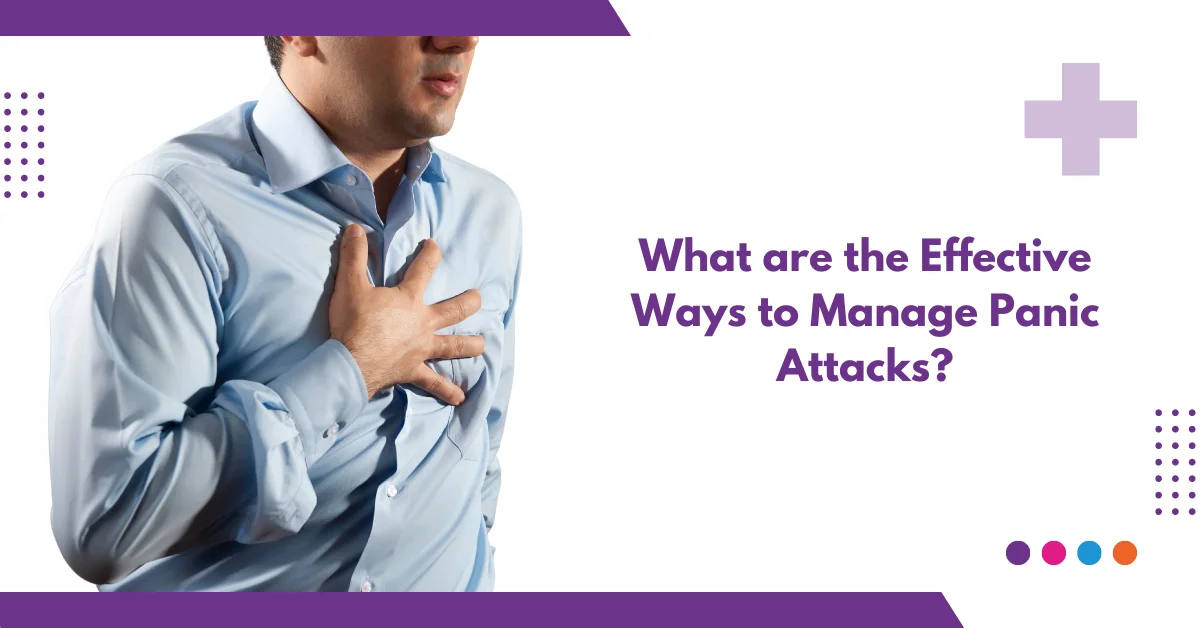Have you ever felt like your heart is going to pound out of your chest, your breath is coming in ragged gasps, and your thoughts are racing like a runaway train? If so, you may have experienced a panic attack. Panic attacks can be a frightening and debilitating experience, but there are things you can do to manage your symptoms.Here are 9 tips to help you take control of your panic.
Unveiling the Mechanisms of Panic: Understanding the triggers and Responses
Understanding the Mechanics of Panic
Panic attacks are a common experience, and while they can be overwhelming, they are also treatable. Panic attacks are marked by a sudden onset of intense fear or discomfort that peaks at ten minutes. Physical symptoms such as shortness of breath, rapid heart rate, sweating, and muscle tension often accompany these attacks. Their severity and duration vary depending on the individual.
What Causes Panic Attacks?
Panic attacks can be triggered by various factors,both internal and external.
Internal triggers include:
- Stress
- Anxiety disorders
- Phobias
- Past traumatic experiences
External triggers can also cause panic attacks,such as:
- Public speaking
- Heights or other fears
- Being crowded in a small space
Calming the Storm: Practical Techniques for Interrupting Panic Attacks
5-4-3-2-1 Grounding Technique:
To engage your senses and bring yourself back to the present,try the 5-4-3-2-1 Grounding Technique. Start by identifying 5 things you can see,then focus on 4 things you can touch,3 sounds you can hear,2 smells you can detect,and 1 taste you can experience. This sensory focus helps stabilize your emotions and defuse the panic attack’s intensity.
Cultivating Resilience: Building Mental Fortitude and Coping Mechanisms
Understanding Your Triggers and Learning to Manage Them
Panic attacks can be triggered by various internal and external factors. Identifying these triggers is crucial for effectively managing your symptoms. Pay attention to situations, thoughts, or physical sensations that precede a panic attack. Once you gain an understanding of your triggers, develop strategies to avoid or cope with them. Such as, if certain places or events trigger your panic, try to avoid them or visualize yourself calmly navigating those situations.
Insights and conclusions
Take a deep breath, and remember that you are in charge. With these nine tips, you now have a roadmap to navigate the unpredictable terrain of panic symptoms.Embrace the journey, one step at a time. As you progress, the path becomes clearer, and the grip of panic weakens. Remember,you are not your symptoms; you are so much more.With each victory, you gain strength, and the shadows of panic recede.
